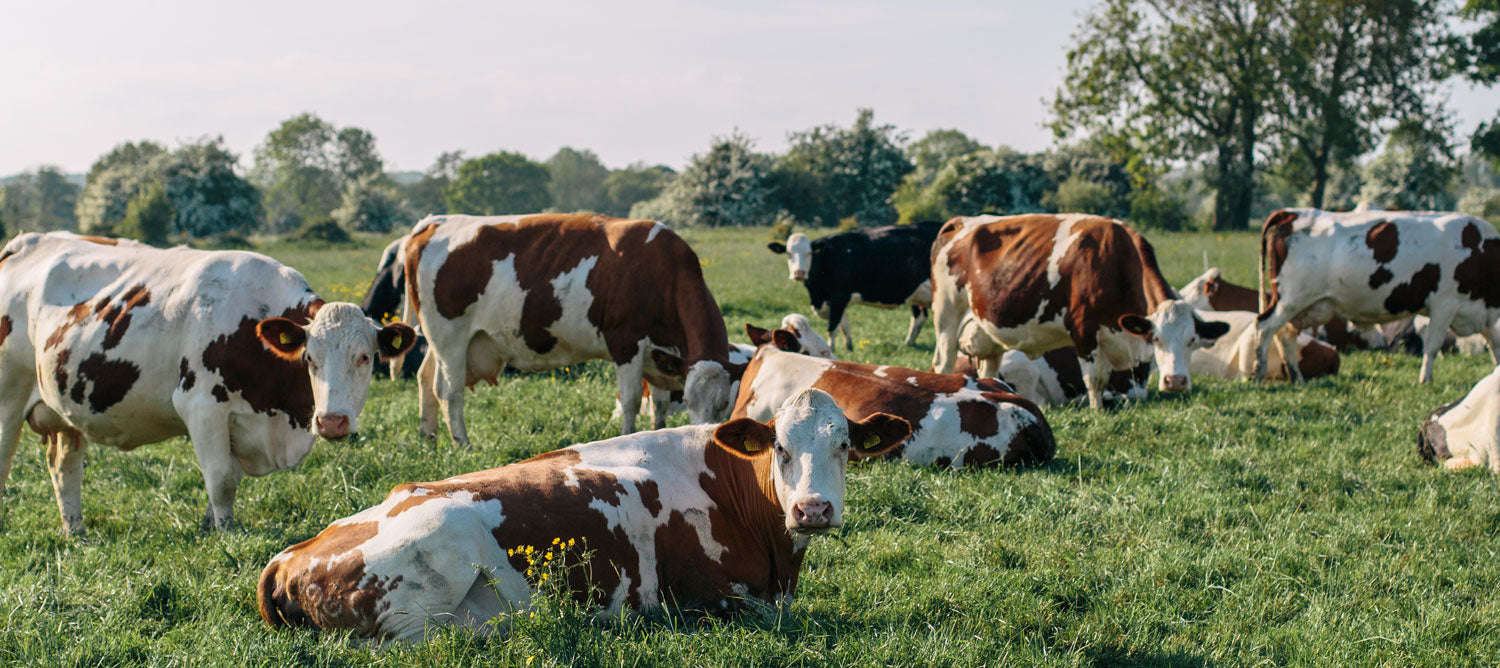Our cows are the heart of our farm. Without them, we wouldn't be here. They all have names, personalities and are very much part about the Fen Farm team. You can read all about them below.
Our herd
Living the Herd Life
For most of the year round, you can find our girls grazing freely on the lush and wildlife rich marshes of Stow Fen, in the beautiful Waveney River Valley. They keep peaceful company with otters, kingfishers, egrets, herons, marsh harriers, water voles and a myriad of other watermeadow creatures.
Due to the good British climate and the wet nature of the marshland around the farm, there are certain months during the winter when it’s not possible for the cows to graze (they’d need boats!). Or sometimes it’s just so cold or dry that the grass doesn’t grow.
During those months (Nov-March), the girls are housed in deep open-sided straw barns, with plenty of fresh air, sunlight and back scratchers for a good massage, whenever the need takes them. They enjoy one another’s peaceful company in the straw and actually (contrary to everything we expect from cows) seem to prefer the barn to the pasture.
They are secretly massive couch potatoes and whenever we turn them out onto the grass in the spring, they get excited, skip around for half an hour, then stand by the gate, mooing to come back inside.
Once the summer comes along however, they are usually content to graze and relax in the fields. They are creatures of habit though. They enjoy the routine of milking time and will often be found forming an orderly queue for the milking parlour before we arrive!
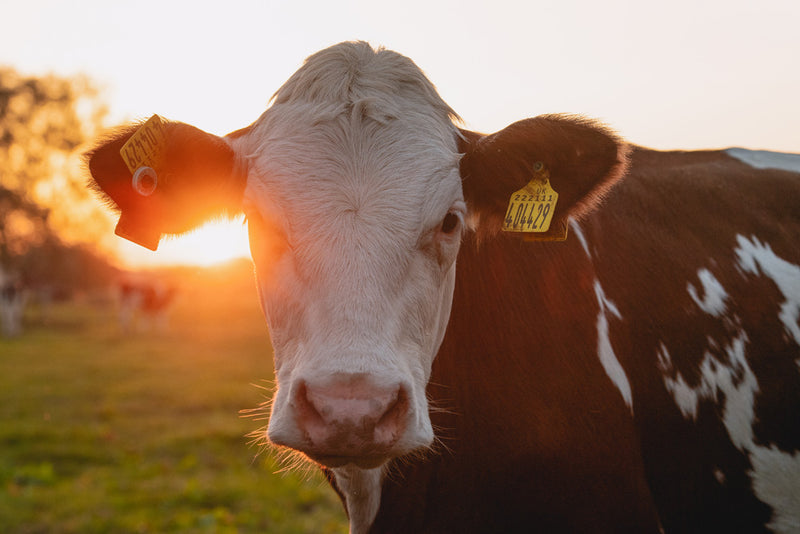
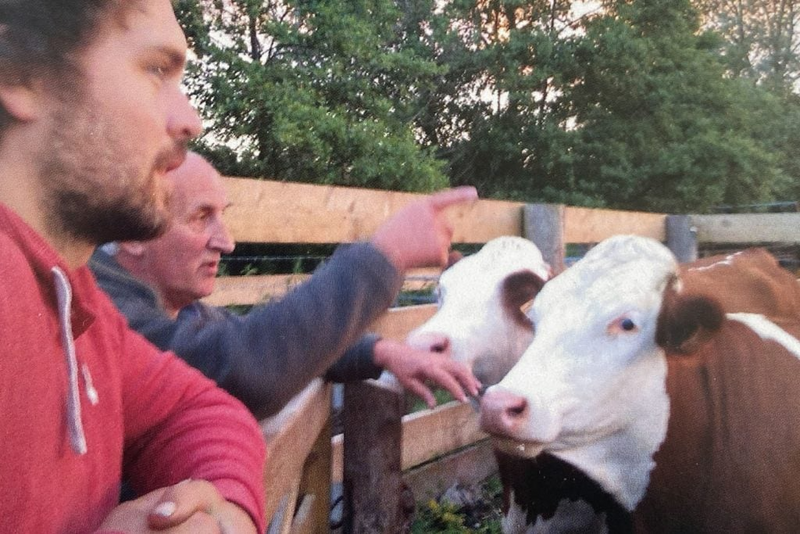
What's Great about Montbéliarde Milk?
The Montbéliarde is an ancient breed and she is a relaxed type of beast. She originates from the meadows of the Jura region in the French Alps and is happiest when dining on a diet of fresh pasture and home grown forage.
She won’t give very much milk but the milk she does give is protein rich, flavoursome and perfect for cheesemaking. In fact, some of the best French cheeses are made exclusively from Montbéliarde milk, including Comte, Vacherin Mont D’Or and Reblochon.
Monty milk also makes amazing butter, yoghurt and cream as well as being a beautiful drinking milk, due to its incredible flavour characteristics.
Our Montbéliarde herd were hand-picked by Jonny from small farms in the French Jura and are very well suited to the Suffolk climate. They appear to be enjoying life here very much indeed.
Summer Milk v Winter Milk
But it's all just milk, right? Well, yes. But if you pay close attention throughout the seasons, you'll see some special magic at work.
During spring and summer when our cows are mostly grazing on the water meadows, the cream levels in the milk drop and the natural unsaturated fats increase. The colour of the milk becomes more yellow during this period. This is due to the natural beta carotene in the grass. You'll notice the same golden effect in our butter and cheese!
During the winter, the girls are housed in our big comfy cow barns. The food they eat during this time is mostly our home-made preserved summer forages such as grass, clover, plantain, triticale and maize. We make these by harvesting our fields and herbal meadows and carefully fermenting them in huge heaps in the farm yard. The winter milk tends to be whiter in colour and the cream levels increase, resulting in a much thicker and creamier winter milk.
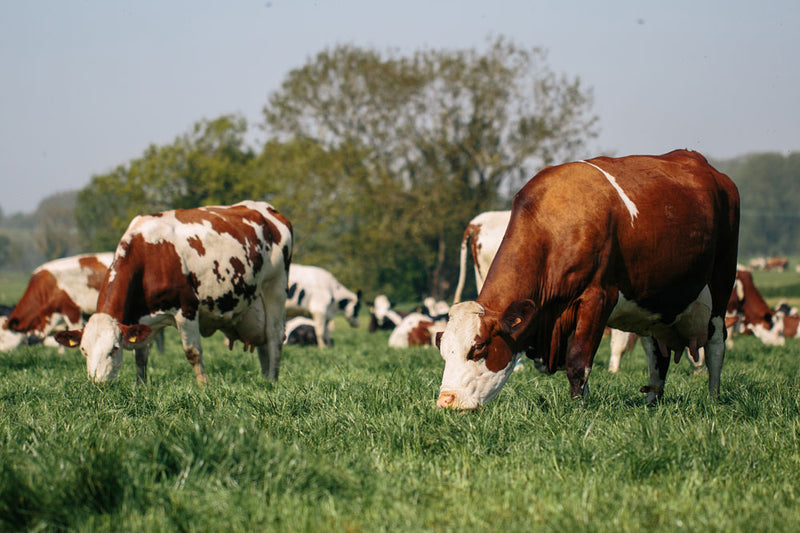
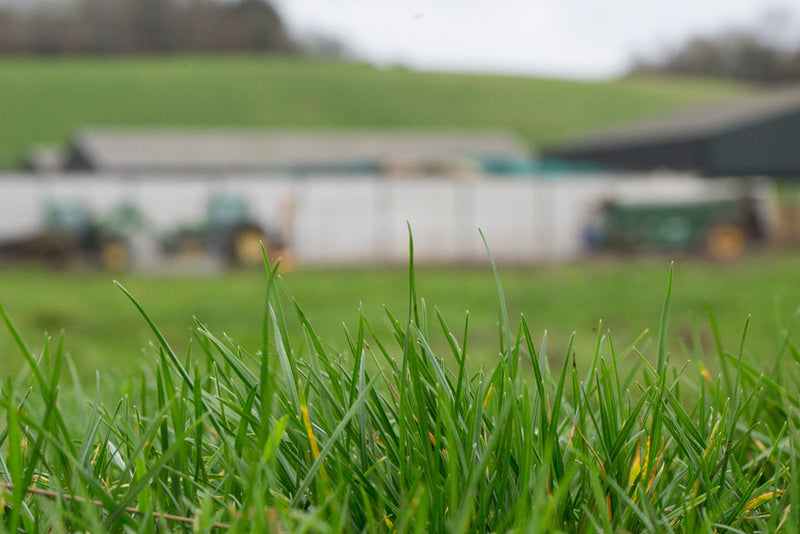
The Importance of Diet
We believe that circular farming is the gold standard in dairy. This all starts with our soils and the plants and ecosystems that thrive there.
Cows are natural browsers. This means that in the wild, a cow would quite literally "browse" the selection of available plants in her environment and choose the ones that she knows she needs for a nutritious and balanced diet. The plants she chooses might vary, depending on her nutritional needs at the time. Cows will even "self-medicate" by choosing certain plants with medicinal qualities.
We aim to give our herd a diverse range of plants to choose from in our grazing pastures, in order to allow them to practice this natural browsing behaviour. Our meadows and hedges are currently home to over 65 species of plants.
We've seen first-hand that this diversity not only benefits the health and happiness of our herd but also results in amazingly rich and complex flavours in our milk.
Got a question?
For more in-depth information on our farming practices, products and delivery, our FAQs can be found by clicking the button below:
-

Baron Bigod and Truffle Croquettes
Baron Bigod and Truffle Croquettes, by Masterchef winner Natalie Coleman. The perfect appetiser or starter to impress your guests.
-

Black Figs & Baron Bigod Toasted Brioche
A true celebration of seasonality, balance, and exceptional British produce... try Chef Sam Stone's stunning Black Fig & Baron Bigod Toasted Brioche. Produced for the menu at Chequers in Bath.
-

Baron Bigod & Wild Honey Flatbread
Baron Bigod and Wild Honey Flatbread recipe. Created by Chef Patron Matt Larcombe, from the incredible Wild restaurant in Berkhamsted.
